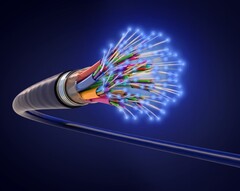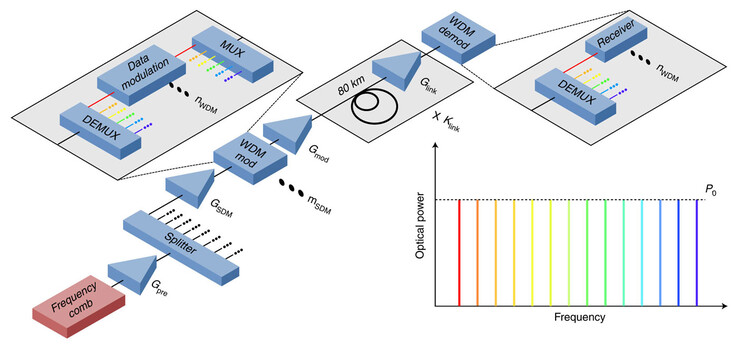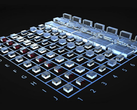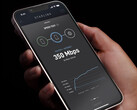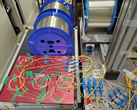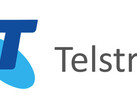The proliferation of AI-powered computing solutions along with the increasing number of game and movie streaming platforms has pushed the Internet bandwidth requirements to new heights in the past 5 years, to the point where the total data flux around the world now measures around 1 petabit per second. We are seeing a shift towards 2.5 and even 10 GbE speeds and the limits of the good old optical fiber cables could soon be reached. What if the cables are not the problem, though? Scientists from the Technical University of Denmark managed to achieve 1.84 petabit per second data transfer speeds over a regular optical fiber cable, but in combination with a photonic chip. That is almost double the planetary bandwidth over a single cable.
Led by Asbjørn Arvad Jørgensen, the Danish team of scientists needed to split the data stream in 37 lines corresponding to each fiber optic thread in the cable. Then, each line was split into 223 smaller streams that matched different color frequencies on the optical spectrum. The scientists thus built a “massively parallel space-and-wavelength transmission” protocol between two points 7.9 km apart.
Since there is no current way of measuring such a colossal speed over a single connection, the scientists sent dummy data chunks through each small stream and added up the resulting bandwidth from all streams. A device integrating the laser splitter and the light codec processor is supposed to be the size of a match box, which is similar to what current single color laser transmitters measure.
If such speeds can be maintained over larger distances, ISPs would only need to replace the laser codec devices and leave the optical cable infrastructure intact. A single new laser splitting codec would effectively deliver an 8,251x bandwidth increase.
Buy the NETGEAR 24-Port Gigabit Ethernet Unmanaged Switch on Amazon
Source(s)
via Tom's Hardware




